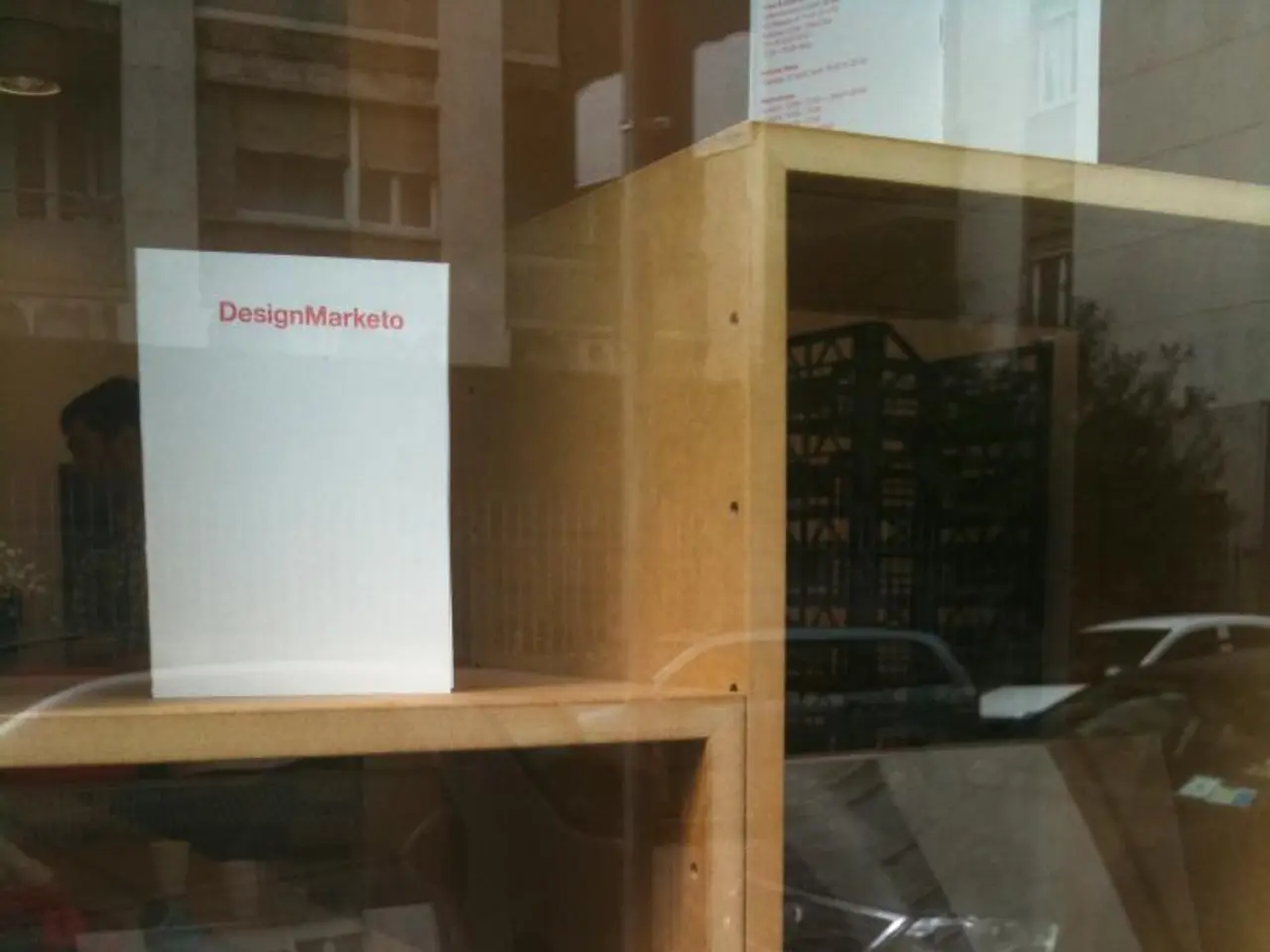Master Craftsman Tatsuya Kaneko, renowned for exquisite wood finishes, explored in a two-part series, segment one.
In the heart of Japan's industrial landscape, the Car Parts Division of Yamaha Fine Technologies is making a name for itself in the automotive world. One of their latest projects, the decorative wood panels for the new Century sedan, is a testament to their dedication to craftsmanship and innovation.
The use of decorative wood panels in vehicle interiors dates back to classic cars, offering a fine example of the rich stylistic and technical legacy that cars inherited from their horse-drawn forerunners. In the case of the new Century, the panels are crafted using sapele, a wood known for its neat, straight grain that gives it a subtle elegance.
At the helm of this project is Tatsuya Kaneko, a sumikake master who selects wood veneer for decorative panel surfaces at Yamaha Fine Technologies. Kaneko's passion for woodworking was ignited during his high school years when he admired the birdseye maple wood panels in a Lexus LS.
The sumikake process, a traditional Japanese lacquer art technique, plays a crucial role in enhancing the aesthetic quality, craftsmanship, and cultural value of the final product. In the context of decorative wooden panels for vehicles, it involves refining one's own sensibilities to select designs that appeal to customers. This makes it difficult for robots or computers to replace.
The process begins with the preparation of the wooden panel, which is meticulously sanded and polished to ensure smoothness. A layer of urushi (Japanese lacquer) is then applied as an adhesive base for the metallic powders. While the lacquer is still wet, fine gold or metal powders are carefully sprinkled over the surface, with precision and delicacy being vital. After drying and curing, the piece is polished to achieve a lustrous finish.
Kaneko pays particular attention to the arrangement of vessels in the sumikake process to make the aluminum lines appear straighter and with greater clarity. This attention to detail ensures that the final product is not only visually appealing but also of the highest quality.
The new Century's decorative panels feature an "open pore" finish that showcases the unique textures of natural wood, and a pinstripe pattern created by adding thin aluminum lines. This fusion of tradition and innovation embodies Yamaha's commitment to preserving and revitalizing age-old techniques while pushing the boundaries of modern manufacturing.
Weekly review sessions are held at Yamaha Fine Technologies to ensure consistency in the sumikake process and quality control. Quality control staff check every sheet of veneer that undergoes sumikake and share data on rejected veneer materials among the team to improve accuracy. This team effort is essential in maintaining the high standards expected of Yamaha's products.
The Car Parts Division of Yamaha Fine Technologies has been involved in the development and production of decorative wood panels for other car manufacturers, including Toyota and Lexus. Their expertise in the sumikake process has not gone unnoticed, with Kaneko being thrilled to be in charge of the Century, Toyota's most prestigious model, due to his appreciation for the luxury and simplicity it represented.
In sumikake, Kaneko checks the procured veneer sheets against the shapes of decorative panel parts, selecting those with the nicest grain while avoiding any knots, chips, or other imperfections. He underscores the need to be well-versed in the aesthetics and characteristics of different wood grain patterns when performing sumikake on a wide array of wood.
The sumikake process is about more than just decorating surfaces; it's about embedding traditional artisanal beauty into modern industrial design. By using sumikake, Kaneko's work at Yamaha Fine Technologies preserves and revitalizes an age-old technique, linking contemporary craftsmanship to Japan's cultural legacy. The shimmering gold and iridescent qualities achieved via sumikake impart a luxurious and refined visual effect that enhances the exclusivity and premium feel of Yamaha’s products.
In summary, the sumikake process is not just a decorative technique but a bridge between heritage and innovation in Tatsuya Kaneko's decorative wooden panel production at Yamaha Fine Technologies. It enriches the vehicles with both cultural depth and sophisticated beauty, making each panel a unique work of art.
- Tatsuya Kaneko, a sumikake master, applies the traditional Japanese lacquer art technique to smart-home devices and technology gadgets, suggesting the fusion of tradition and innovation.
- In the realm of lifestyle and fashion-and-beauty products, the Car Parts Division of Yamaha Fine Technologies offers educational resources and self-development programs for individuals seeking personal growth in the field of woodworking and craftsmanship.
- Career development opportunities within the home-and-garden sector are also catered to by the expert team at Yamaha Fine Technologies, who share their knowledge and skills to help others advance in this niche.
- In addition to vehicle interiors, Yamaha Fine Technologies has expanded its sumikake expertise to include learning materials for technology and education-and-self-development, allowing students to further their understanding of this traditional art form.
- As his role in the Car Parts Division of Yamaha Fine Technologies grows, Kaneko emphasizes the importance of lifelong learning and continuous improvement in the pursuit of creating exquisite decorative panels that reflect his passion for smart-home-devices, fashion-and-beauty, home-and-garden, and technology.




